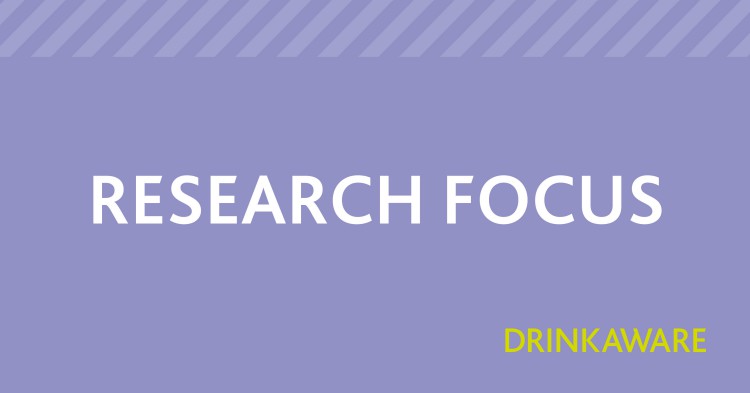Increase in household tension, managing anxiety alongside new rules, and the need to ‘cheer up’, all describe Irish households during the first Covid lockdown, as described in our research Barometer (Behaviour & Attitudes 2020) conducted in April and May of this year.
The pandemic brought about a sudden and dramatic change to the daily routines of Irish lives and Irish families. However, families are not a homogenous group and the issues they face and impacts they experience, can vary depending on the age of child. This was very clear in our Alcohol & Covid-19 Barometer that showed significant variances in experiences and impacts of the first stage of lockdown between households with children of different ages.
FREQUENCY AND VOLUME
Overall, the study showed that many households were drinking above the low–risk weekly guidelines, drinking more, and more often, than pre-Covid. 29% of all households said they or someone else was drinking more. For households with teens this was 21% and significantly higher than this, at 39% and 37%, were pre-school and pre-teen family households.
In terms of weekly consumption, which the lockdown survey showed was up across all adults (from 44% to 52%), the pre-family (56%) and pre-school family (53%) households were the highest groups. And one in five (21%) of those households with pre-school children reported binge drinking at least once a week which was substantially more than the households with teens (6%). Binge drinking was also commonplace amongst households with primary school children, with 27% reporting having six or more standard drinks – i.e. binge drinking – on a typical day of drinking in the past 30 days.
REASONS CITED FOR DRINKING ALCOHOL
Household tension and the use of alcohol to cope with stress and mental wellbeing was prevalent in households with children: More than half (58%) of pre-school families reported an increase in levels of stress/tension during lockdown, higher than the national average of 47%.
The Barometer also showed coping – ‘to cheer up when in bad mood/stressed’, ‘to help relax and unwind’, ‘to help with sleep’, ‘because it helps when depressed or anxious’, ‘to help with boredom’ and ‘because you feel lonely’- as the main motivation for drinking alcohol, and in terms of household and family make-up, this peaked among households with teens at 71%. 39% of primary school households also reported drinking at home alone on at least a weekly basis.
In 2018, 11% of Irish adults reported low mental health wellbeing (Drinkaware Index, 2019) but in the recent CSO Social Impact and Covid-19 study, 29% felt downhearted or depressed. The dramatic impact of Covid-19 on households is also clear from our study. Its findings regarding ‘why people drink’ correlates with the evidence of low mental wellbeing and household tension. Family households were more likely to report low mental wellbeing than other households. In particular, more than half of families with teens (56%) reported a low score, which is substantially higher that national average of 37%. Interestingly, family households experiencing the highest levels of stress/tension during lockdown weren’t those with teens (32%), but those with pre-schoolers (58%) The latter being much higher than the average for all households of 47%. These pre-school households also assumed additional caring responsibilities for their younger children during lockdown and in so doing, it created a uniquely stressful situation.
ONGOING UNCERTAINTY MAY DRIVE CONSUMPTION
These findings of our 2020 Alcohol & Covid-19 Barometer paint a picture of families under pressure, and how alcohol is being used as a type of pressure release. Unfortunately, both current and future potential restrictions, along with children’s’ return to school, will inevitably increase that pressure. Risky drinking habits are forming fast, and as our other research work indicates there’s a rising trend of at home drinking and how it can unintentionally lead to unhealthy consumption.


